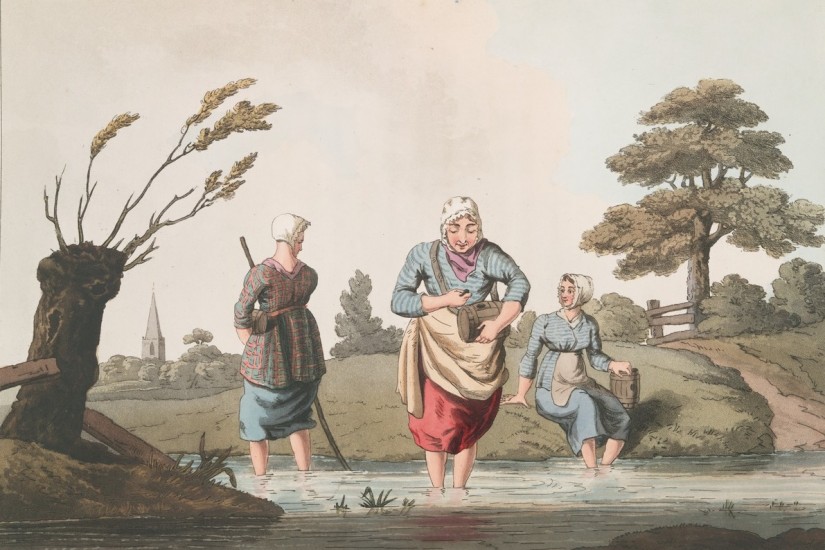As noted earlier, leeches were used inside the body, as well as outside. This, of course, begs the question: How to get the parasites out? Philip Crampton, an avid practitioner in 1822, had a solution: Thread the poor things. After applying these leeches directly to swollen tonsils, he noted that threading “causes them to bite with increased ardor, and, in fact, may be used to stimulate torpid leeches.”
They needn’t have worried: If a leech was swallowed, it would likely be digested by stomach acid. But not knowing this, medieval practitioners recommended gargling with goat urine, coaxing the leech out with a cautery iron, or making the patient thirsty as to “bait” it to crawl out for a refreshing drink of water. The ends did not justify the means by any extent because it didn’t work. Come to think of it, nothing justifies the drinking of goat urine.
There was also the matter of recycling. Leeches weren’t always tossed after a feeding. They could be reused up to fifty times if the animals were “encouraged” to disgorge: just dab a little salt on their mouths (which is really starting to sound like the leech equivalent of dabbing hydrochloric acid on a human). The leeches would then vomit like Ozzy Osbourne in his heyday. The cost savings were considerable. Other doctors would drop the engorged leeches into vinegar (a whole bath of acid!) and they’d perk up. Or so we imagine. In this manner, they could be used twice a week for up to three years.
The care and keeping of leeches was no small task. Mr. Wilkinson explained, “In short, so much patience, as well as dexterity, is required in the management of these capricious, or rather irritable animals.”
